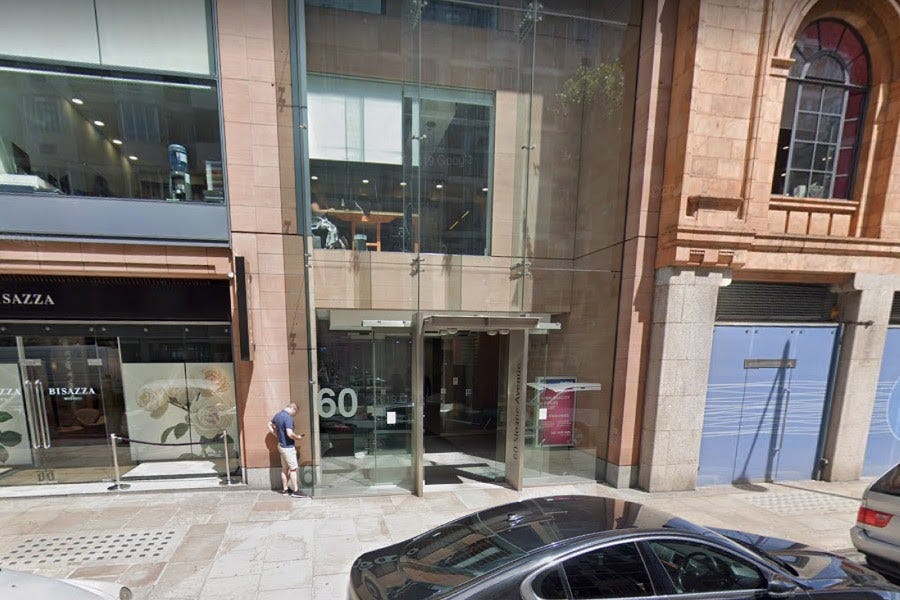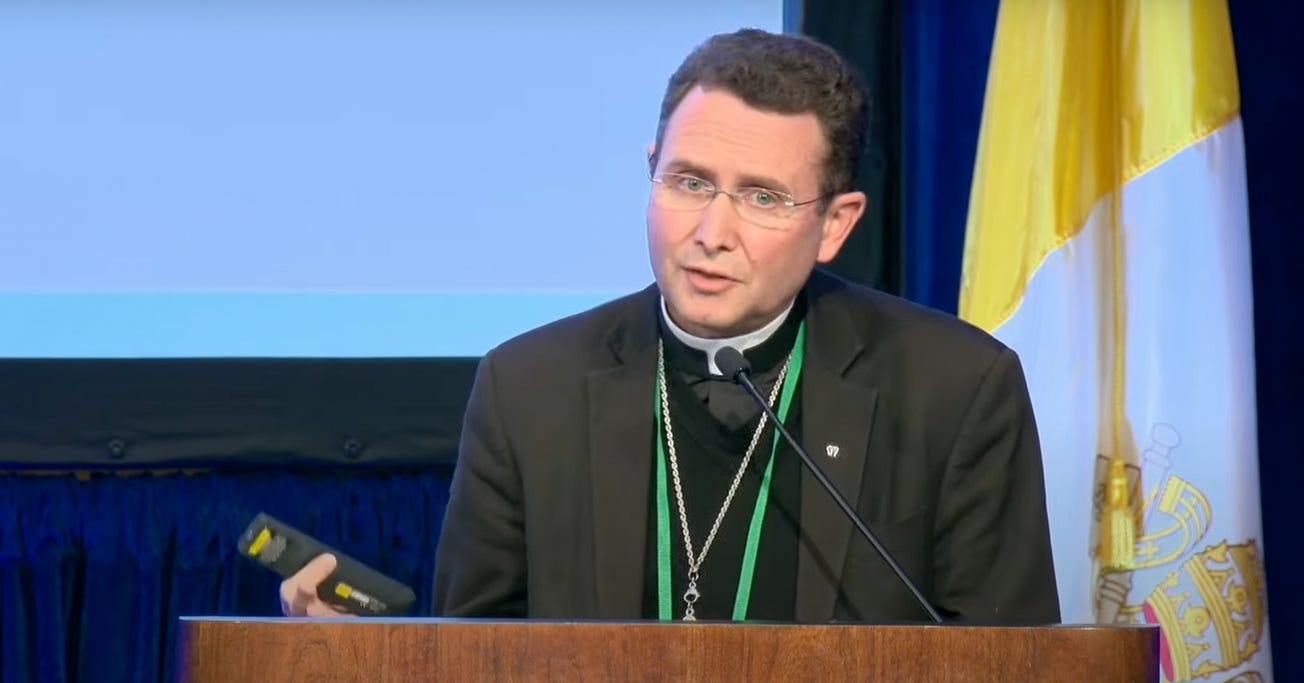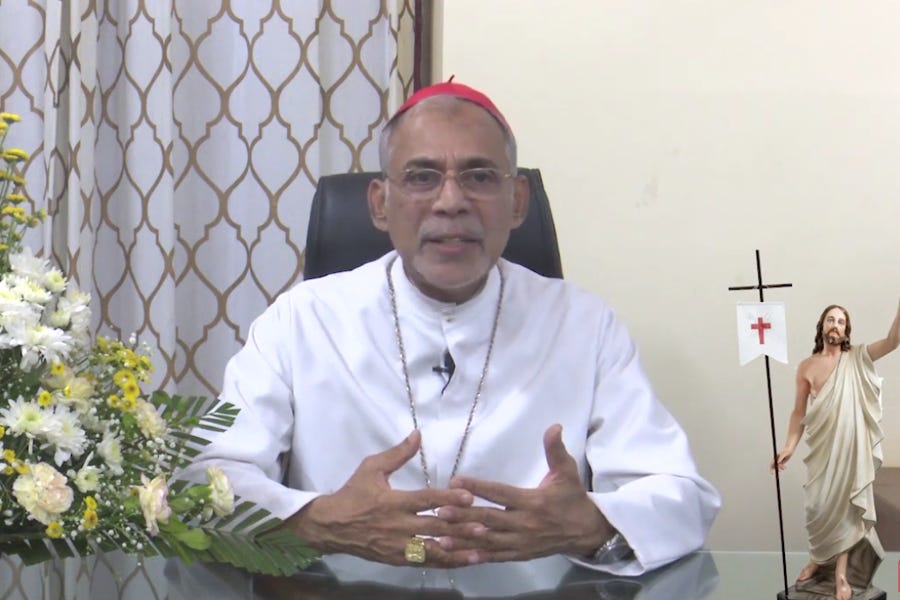The Vatican financial scandal continues to rumble on, but keeping track of the developments across a sprawling series of interconnected investigations can be more than a little confusing.
To help readers get up to speed, The Pillar is compiling a series of explainers on threads being followed by Vatican prosecutors and the media.
First up: the London property deal.
The London deal
The story that triggered a criminal investigation in the Vatican City State is the Vatican Secretariat of State’s purchase of a London property development project in late 2018.
The former Harrods warehouse was owned by an Italian businessman, Raffaele Mincione. Under the direction of Cardinal Angelo Becciu, who was sosituto (second-in-command) at the secretariat from 2012-2018, the Vatican took a 45% stake in the building through its 2014 investment in Mincione’s Athena Global Opportunities Fund.
After Cardinal Becciu was promoted out of the secretariat in June 2018, the Vatican decided to separate from Mincione. In doing so, it forfeited its investments in the Athena fund and paid an additional 40 million euros for full control of the London building. In total, the secretariat paid a reported 200 million for the building at 60 Sloane Avenue; it also took on a 150 million euro mortgage on the building.
After the Vatican got full control of the building, Cardinal Pietro Parolin leaned on the IOR, a Vatican bank, to refinance the mortgage and bail the secretariat out of the high interest payments. This triggered a complaint to Vatican financial authorities and started the sprawling investigation into the secretariat’s finances in July 2019.
Five officials of the Secretariat of State have since been suspended or dismissed from their jobs over the London deal.
Here are some more details:
The Secretariat of State’s involvement with Mincione goes back to 2014, when it invested some 200 million euros in the Athena Global Opportunities Fund.
Mincione was introduced to the Vatican by Enrico Crasso, a former banker at Credit Suisse who went on to manage millions of euros in investments for the secretariat through his own Centurion Global Fund.
In addition to the building deal, Mincione invested Vatican money in a range of projects, including several owned or managed by his other companies.
The London building was owned through a series of holding companies. That created additional complexity when the Vatican attempted to buy the entire building, and still creates difficulty for investigators.
Currently, the UK company which controls the building for the Vatican has only one director, an Italian architect named Luciano Capaldo, a man with multiple business ties to Gianluigi Torzi.
Gianluigi Torzi
Gianluigi Torzi is the middleman hired by the Secretariat of State to act as the Vatican’s broker in acquiring full ownership of the London building from Mincione in 2018.
Like Mincione, Torzi was reportedly introduced to the secretariat by Enrico Crasso.
The plan by which the Vatican would take control of the building was complicated: The Vatican would pay Torzi, who would pay Mincione. Ownership of the building would then come under Torzi’s Luxembourg holding company Gutt SA.
Once Gutt SA controlled the building, Torzi was supposed to hand over all shares of Gutt to the Vatican, and with the shares, ownership of the building.
Instead, corporate documents show that after Gutt took ownership of the building, Torzi restructured Gutt’s share structure. He created a small class of voting shares which controlled the company.
Allegedly, Torzi kept those voting shares while giving the Vatican all the general shares in the company. Allegedly, he then extorted the secretariat for control of the company, and the building they had already paid to buy, by making them pay millions more for those voting shares.
Torzi has said the charges against him are the result of a “gross misunderstanding.”
Interestingly, at the time Torzi was allegedly extorting the Vatican, he appointed an official at the Secretariat of State as a director of Gutt, and then removed him again before control finally passed to the Vatican. Why he did this is still not clear.
Also of note: Even though Torzi was hired to represent the Vatican in its separation from Mincione, Mincione and Torzi had several significant business connections.
Earlier in 2018, Mincione invested Vatican money in debt products marketed by Torzi, including some with links to mafia-affiliated companies.
Torzi, in turn, used his own companies to lend Mincione tens of millions of euros. Where he got the money to lend Mincione is a whole story in itself, and offers some clue as to why he might have tried to extort the Vatican.
Torzi was arrested in June 2018, and charged by the Vatican with extortion, aggravated fraud, and a host of other crimes. He is currently out on bail and believed to be working with prosecutors on the wider corruption investigation. He maintains his innocence.
Cardinal Angelo Becciu
In 2011, Cardinal Angelo Becciu was appointed by Pope Benedict XVI as sostituto at the Secretariat of State, a role which functions as the day-to-day manager of the department and de facto papal chief of staff for the curia.
Becciu was in that role until June, 2018, when he became head of the Vatican department that oversees the process of canonizing saints.
In September 2020, Pope Francis forced Becciu to resign his position in that office, and to resign his rights as a cardinal, after the pope was reportedly presented with a dossier of evidence against him by Vatican prosecutors.
Becciu has been linked to a series of financial scandals at the Secretariat of State, including some involving Church-run hospitals, along with the London property deal.
Becciu has also been accused of attempting to shield investments from the Vatican’s Secretariat for the Economy. This led to several reported clashes between Becciu and Cardinal George Pell, who was in charge of cleaning up Vatican finances from 2014-2017.
Under Becciu’s watch, the money the Vatican invested with Mincione was reportedly borrowed from Swiss banks, including one later closed for money laundering violations. The money was borrowed against the value of other Vatican deposits at the banks.
Becciu has described the London deal as “accepted practice” and the arrest of Gianluigi Torzi as “no earthquake.”
Becciu is also reported to be responsible for the cancellation of an external audit of all curial finances ordered by Pell, even though he and his department appeared to lack the legal authority to make that cancellation - Pope Francis was persuaded to sanate, or rectify, the cancellation after the fact.
Even after Becciu was made a cardinal and promoted out of the Secretariat of State in June, 2018, he has been reported to have continued to exercise sway over the financial dealings of his former department, including authorizing payment to a self-described “security consultant” and political analyst who has been charged by the Vatican with embezzlement.
Since his forced resignation, Becciu has strongly asserted his innocence of any financial impropriety.
His denials have extended to reports that Australian and Vatican financial authorities are investigating millions of dollars wired by him from the Secretariate of State to Australia during the trial of Cardinal Pell on charges of sexual abuse.
Last month, Pope Francis stripped the Secretariat of State of its financial portfolio, and ordered the department to turn over control of all bank accounts and investments to the Administration for the Patrimony of the Holy See.





